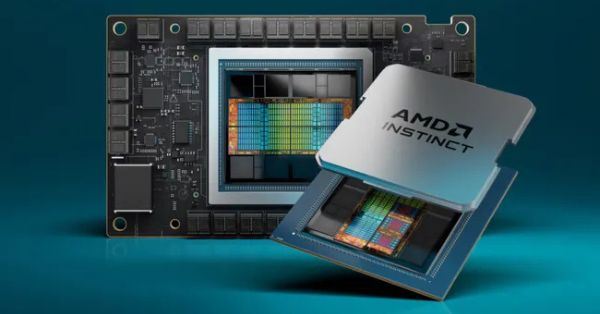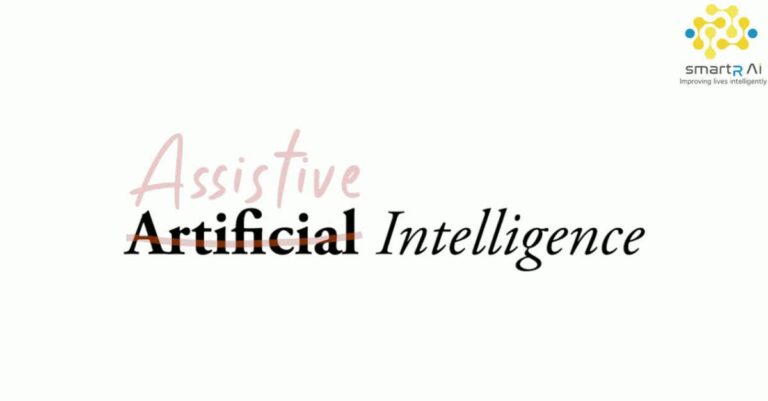Reliance Jio has officially claimed the title of the world’s largest telecom operator, boasting 488 million subscribers. Out of this massive user base, 191 million are already on its 5G network, according to the Reliance Industries Limited (RIL) annual report for fiscal year 2025. The announcement was made by RIL Chairman Mukesh Ambani, highlighting Jio’s unmatched scale and leadership in the industry.
Jio’s 5G Growth Hits 191M Users Despite 25% Price Increase
Jio’s rapid expansion in the 5G segment is evident, with 191 million active 5G users contributing to 45% of its total wireless data traffic. What stands out is that this growth came despite a 25% tariff hike introduced in July last year. The surge reflects not only strong consumer demand but also the loyalty of its subscriber base.
Jio Invests in AI and 6G to Lead Global Telecom Race
The RIL report outlines Jio’s sharp focus on next-generation technologies. The company is investing heavily in AI and 6G research, aiming to stay ahead in the global telecom race. It is also a key participant in the IndiaAI initiative, a government-led program to strengthen India’s AI ecosystem.
In addition, Jio Platforms—Jio’s parent entity—revealed that its indigenously developed network technologies are already being deployed at scale in India and will soon enter international markets. This aligns with its ambition to become a global leader in telecom innovation.
Jio Partners with SpaceX to Launch Satellite Internet in India
As part of its global expansion strategy, Jio is developing its own Satellite & NTN communication platform. Notably, it has partnered with SpaceX to deliver Starlink broadband services in India. This move will enhance connectivity in remote and rural areas, strengthening its position as a provider of both terrestrial and non-terrestrial connectivity solutions.
Jio Maintains Broadband & Wireless Dominance in India
Jio continues to dominate India’s telecom landscape, holding a commanding lead in both wireless and broadband markets. Together with Airtel, Jio accounts for over 80% of India’s broadband connections, according to TRAI data.
Its dominance is further reinforced by strong financial performance. In the first quarter of fiscal year 2026, Jio posted a 25% year-on-year profit growth, supported by subscriber expansion across mobility and home broadband segments. Revenue from operations climbed 19% to ₹35,032 crore, and Average Revenue Per User (ARPU) rose 15% to ₹208.8 compared to the same period last year.
Mukesh Ambani’s Global Roadmap for Jio’s Telecom Innovation
Mukesh Ambani’s long-term vision for Jio extends far beyond India. The company is working on future-ready network capabilities, including an in-house 5G core, advanced Edge Computing solutions, and research into 6G standards.
In the entertainment and media domain, JioStar—a Jio subsidiary—has acquired the broadcasting and streaming rights for the US Open tennis tournament for the next five years, indicating a diversified approach to digital services and consumer engagement.
With 488 million users, a record 191 million on 5G, and bold investments in AI, 6G, and Satellite & NTN communications, Reliance Jio is positioning itself not just as India’s telecom leader but as a global tech powerhouse. Its mix of homegrown innovation, strategic partnerships, and market dominance could set the stage for a new era in digital connectivity—both in India and worldwide.



























